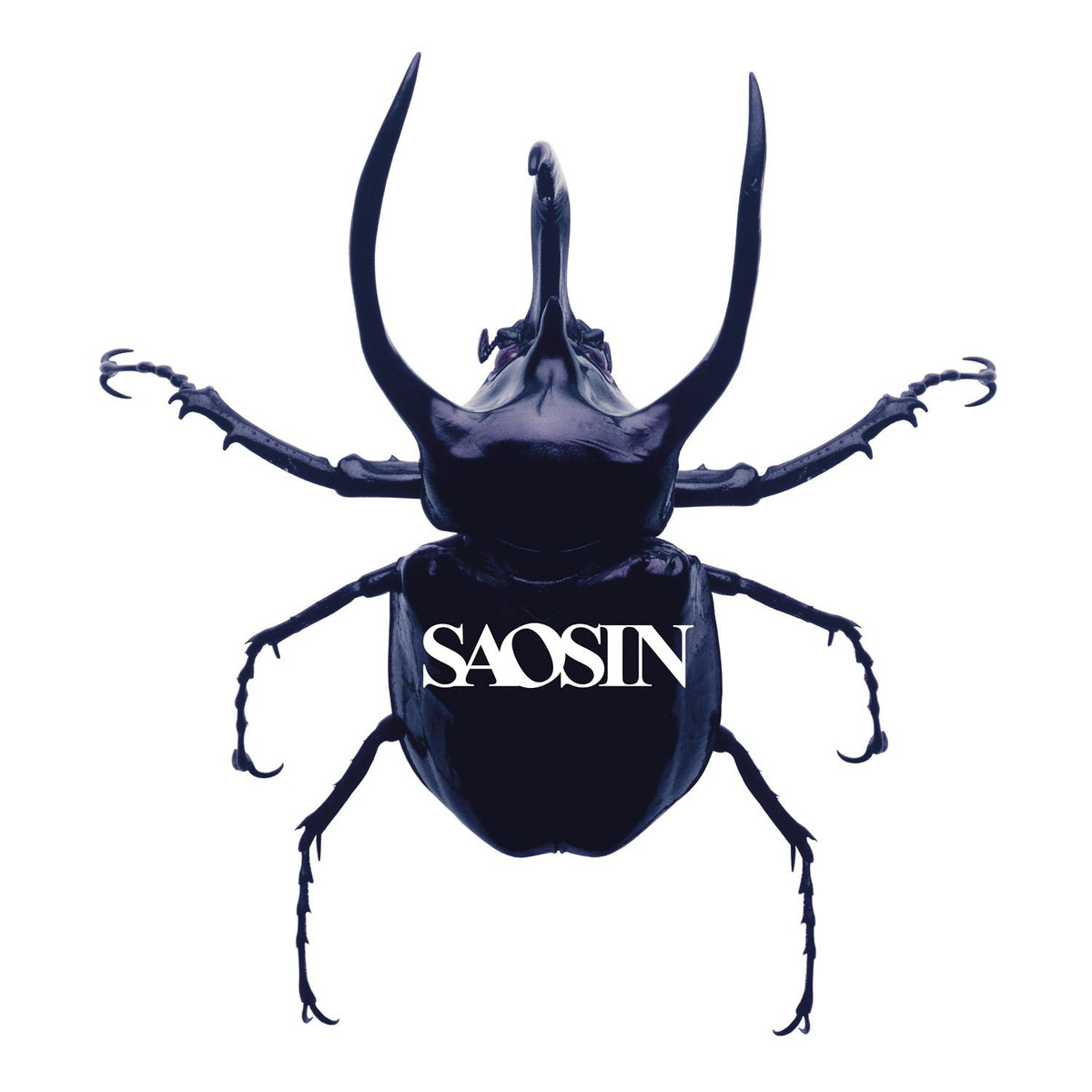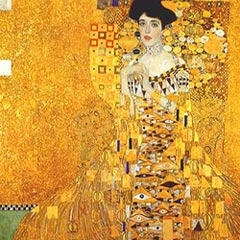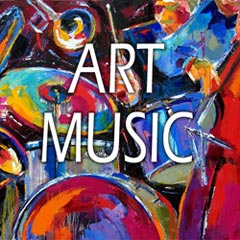2024-02-27
The Many Quirks of Camille Saint-Saëns: A Composer Too Clever for His Own Good
For those of you familiar with the works of Camille Saint-Saëns, one thing is for sure: it certainly won’t be a bore! Despite being formally trained at the Paris Conservatory during his younger days and later garnering much critical and popular acclaim in classical music circles, there are still plenty of quirks to admire about this iconic 19th century French composer. From his trademark 'shadowy mysticism' to absurdly lame puns, we'll explore in this blog post why Camille Saint-Saëns may just have been too clever for his own good sometimes…
Classical music often gets the reputation of being serious and stuffy, but Camille Saint-Saëns breaks that mold. This French composer of the 19th century had a flair for the dramatic and the absurd that makes his works anything but boring. Despite his formal training and critical acclaim, he was not afraid to throw in a few quirky surprises here and there. In this blog post, we'll dive into some of the wildest and weirdest aspects of Saint-Saëns' works and discover why he may have been too clever for his own good.
Shadowy Mysticism: One of Saint-Saëns' most distinctive features is his use of shadowy mysticism. It's a quality that makes his music feel both hauntingly beautiful and just a bit eerie. This quality is evident in works like Danse macabre, which depicts the dance of the dead, or The Carnival of the Animals, where the music paints vivid portraits of animals both real and imaginary. Saint-Saëns wasn't afraid to experiment with unusual chord progressions or use unconventional instruments to create these moods.
Animal Puns: Speaking of The Carnival of the Animals, it's impossible to talk about Saint-Saëns without mentioning his love of puns. This piece is full of them, with each movement named after a different animal and set to music that reflects the animal's characteristics. For example, the movement about The Elephant is slow and lumbering, while The Kangaroo is bouncy and playful. What's more, Saint-Saëns even included a movement called Personnages avec des Longues Oreilles, which translates to Characters with Long Ears and features a musical portrayal of donkeys. It's a testament to Saint-Saëns' wit and humor, and shows that he didn't take himself too seriously.
Inclusion of Rare Instruments: Saint-Saëns was a big fan of including rare and unusual instruments in his works. He frequently used the glass harmonica, including it in his famous Danse macabre. This instrument consists of a series of spinning glass bowls, each one tuned to a different pitch. By running his fingers along the edges of the bowls, the player creates a sound that is ethereal and otherworldly. Saint-Saëns also incorporated the ondes Martenot, an early electronic instrument that produces a sound similar to a Theremin. By using these unusual instruments, Saint-Saëns was able to create a unique sonic landscape that set him apart from his contemporaries.
Absurdity in Operas: Saint-Saëns' love of the absurd wasn't limited to his orchestral works. He also incorporated it into his operas, particularly in his comic opera La princesse jaune, which was inspired by Japanese culture. The plot revolves around a man who becomes obsessed with a Japanese woman after seeing her in a dream, and the bizarre situations that arise from his attempts to find her. While the opera wasn't well-received by audiences at the time, it showcases Saint-Saëns' willingness to take risks and experiment with different styles.
In conclusion, Camille Saint-Saëns was a composer who refused to conform to the norms of classical music. His love of the absurd, his use of rare instruments, and his shadowy mysticism all added up to a unique style that captivated audiences then and still captivates them now. While some may argue that his quirkiness detracts from the beauty of his music, it's hard to deny that he left an indelible mark on the world of classical music. So the next time you listen to The Carnival of the Animals or Danse macabre, take a moment to appreciate the weird and wonderful mind of Camille Saint-Saëns.
Classical music often gets the reputation of being serious and stuffy, but Camille Saint-Saëns breaks that mold. This French composer of the 19th century had a flair for the dramatic and the absurd that makes his works anything but boring. Despite his formal training and critical acclaim, he was not afraid to throw in a few quirky surprises here and there. In this blog post, we'll dive into some of the wildest and weirdest aspects of Saint-Saëns' works and discover why he may have been too clever for his own good.
Shadowy Mysticism: One of Saint-Saëns' most distinctive features is his use of shadowy mysticism. It's a quality that makes his music feel both hauntingly beautiful and just a bit eerie. This quality is evident in works like Danse macabre, which depicts the dance of the dead, or The Carnival of the Animals, where the music paints vivid portraits of animals both real and imaginary. Saint-Saëns wasn't afraid to experiment with unusual chord progressions or use unconventional instruments to create these moods.
Animal Puns: Speaking of The Carnival of the Animals, it's impossible to talk about Saint-Saëns without mentioning his love of puns. This piece is full of them, with each movement named after a different animal and set to music that reflects the animal's characteristics. For example, the movement about The Elephant is slow and lumbering, while The Kangaroo is bouncy and playful. What's more, Saint-Saëns even included a movement called Personnages avec des Longues Oreilles, which translates to Characters with Long Ears and features a musical portrayal of donkeys. It's a testament to Saint-Saëns' wit and humor, and shows that he didn't take himself too seriously.
Inclusion of Rare Instruments: Saint-Saëns was a big fan of including rare and unusual instruments in his works. He frequently used the glass harmonica, including it in his famous Danse macabre. This instrument consists of a series of spinning glass bowls, each one tuned to a different pitch. By running his fingers along the edges of the bowls, the player creates a sound that is ethereal and otherworldly. Saint-Saëns also incorporated the ondes Martenot, an early electronic instrument that produces a sound similar to a Theremin. By using these unusual instruments, Saint-Saëns was able to create a unique sonic landscape that set him apart from his contemporaries.
Absurdity in Operas: Saint-Saëns' love of the absurd wasn't limited to his orchestral works. He also incorporated it into his operas, particularly in his comic opera La princesse jaune, which was inspired by Japanese culture. The plot revolves around a man who becomes obsessed with a Japanese woman after seeing her in a dream, and the bizarre situations that arise from his attempts to find her. While the opera wasn't well-received by audiences at the time, it showcases Saint-Saëns' willingness to take risks and experiment with different styles.
In conclusion, Camille Saint-Saëns was a composer who refused to conform to the norms of classical music. His love of the absurd, his use of rare instruments, and his shadowy mysticism all added up to a unique style that captivated audiences then and still captivates them now. While some may argue that his quirkiness detracts from the beauty of his music, it's hard to deny that he left an indelible mark on the world of classical music. So the next time you listen to The Carnival of the Animals or Danse macabre, take a moment to appreciate the weird and wonderful mind of Camille Saint-Saëns.
Tag: Camille Saint-Saëns, music artist, best songs, artist career
2023-01-23
LSD effects. Are you ready for a psychedelic experience?
LSD has been associated with music since the 60s; on a neurological level, many researchers have found that psychedelic drugs enhance your experience, feelings, visions and emotions whilst listening to music.Music therapist from the 60s first started experimenting with their psychedelic therapy by incorporating music at the same time...read more
2022-11-01
An In-Depth Look into the Musical Biography of Saosin
As music lovers, we often find ourselves moved and inspired by certain artists who fill our ears with their unique sound. One such artist who has undoubtedly made an impact in the music scene is Saosin...read more
2022-11-01
Fisher: Musical Biographies of the Acclaimed Artist
Music has always been one of the most powerful forms of art. It uplifts us, heals us, and helps us escape from our daily routines...read more
2022-11-01
The Musical Journey of La Zowie: A Story of Perseverance and Creativity
Every musician has a story to tell, a journey that has shaped their identity and influenced their sounds. The story of La Zowie is no exception...read more
2022-01-01
Heart - A Musical Force That Defies Categorization
Most of us know Heart from their iconic rock anthems like “Barracuda” and “Crazy on You.” But there is much more to this band than meets the eye - and ear! Hart is a musical force that has been defying categorization for decades, attracting fans of all ages with its unique combination of hard-rocking riffs, melodic ballads, expansive instrumentals and heartfelt lyrics...read more
SUGGESTED PLAYLISTS








